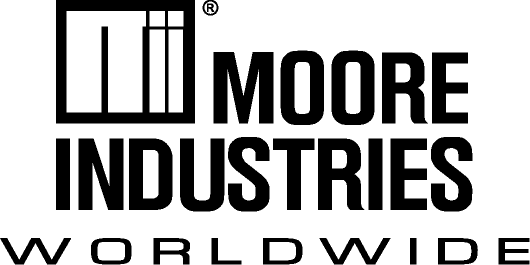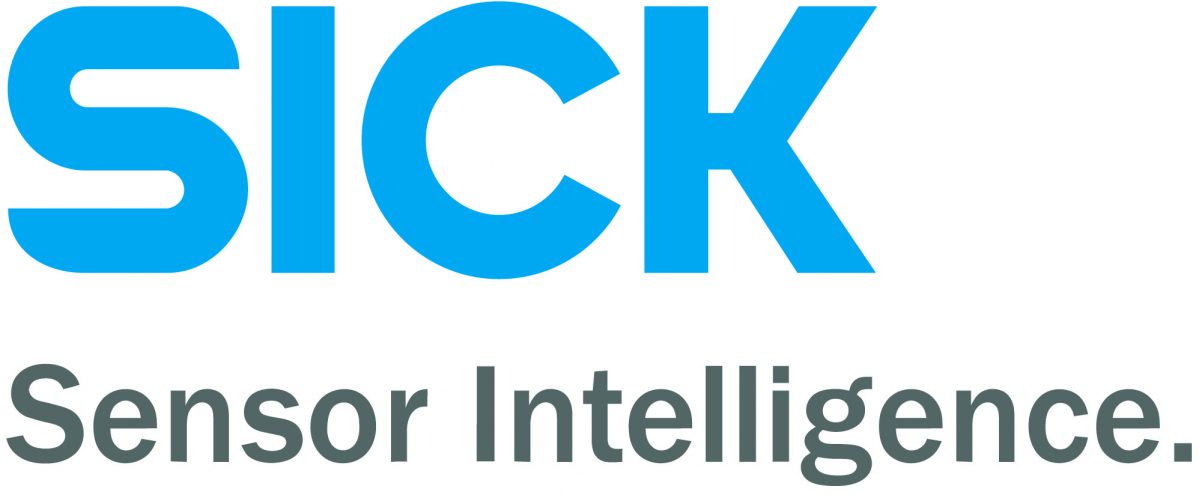Many would call this a contradiction in terms as larger electric valve actuators are not typically used in continuous modulating applications. Larger electric actuators are usually reserved for open/close and regulating duty applications where there is a limitation of starts/hour to allow the motor temperatures to cool to a point where it can resume operation and not damage the device.
To be successful in continuous modulating applications a motor must have these features:
- Provide extremely accurate positioning.
- Will not coast or overshoot the desired position.
- Low power consumption, results in unmatched efficiency.
- Maintenance-free.
- Reaches full speed and torque in milliseconds and stops in milliseconds, eliminating dead time.
- And . . .Never overheats or burns-out; even under demanding modulating control or stalled conditions.
Though this list is hard to meet it is not the motor alone that determines the success of actuator in these applications. Actuators must have exceptional sealing to keep out the environment and rugged gearing to withstand large loads. Some other considerations may be:
- Starts and stops instantly, eliminating deadtime.
- Provides failsafe operation.
- Meets temperature requirements down to -50 Degrees C.
- Sealing for temporary submersion.
- Can work in hazardous and non-hazardous environments.
Typically, continuous valve automation has been reserved for pneumatic control valves and positioners. Unfortunately, that technology is slowly changing due to its high installed cost, maintenance of the instrument air supply and power consumption in remote areas where alternative energy sources are being used. (IE. Solar cells, thermo-electric generators, wind turbines etc..). Sophisticated control systems employing tight control fit well with electric actuator control and do not require transducers to convert signals from digital to pneumatic resulting in losses and resultant reductions in accuracy.
Many isolation type actuator control companies have spent time developing their technology for continuous modulation. On the other hand, there is a company that manufactures and has always provided the most reliable solutions for continuous movement of dampers, valves and devices. With over 80 years of history supporting customers with solid, technical solutions for continuous modulating service this is not a new endeavor.





